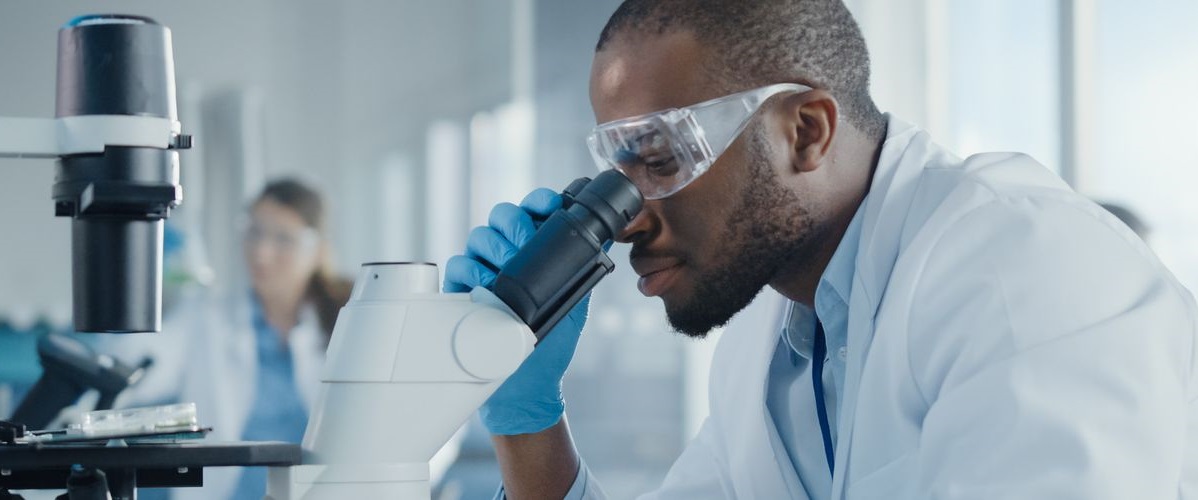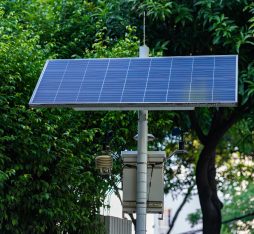• The toxicity of lithium-ion technology has impeded the drive to create smart devices that come in close contact with the human body.
• An augmented vision project has highlighted the potential of fuel cells composed of biocompatible materials.
In June 2023, the World Economic Forum published a report on the top 10 emerging technologies of 2023, which included much-discussed topics such as sustainable computing, the metaverse for treating mental health and generative artificial intelligence. However, the report opened with an innovation that has not yet received widespread media attention: flexible batteries. Research in this field, which is particularly dynamic, has been buoyed by the development of intelligent textiles, flexible screens and connected watches and bracelets.
The key advantage of our battery is the fact it can charge itself without any external energy source
Combining several approaches
In 2019, researchers in multifunctional materials at ETH Zurich unveiled a prototype thin-film battery that can be bent, stretched and even twisted without interrupting the supply of current. In 2020, a team from Stanford presented a project for wearable RFID-energy powered stickers that track health information, while in 2021, a group from the University of British Columbia announced the development of a battery that was flexible, waterproof and powered by a chemistry that is safe enough for wear next to the skin, unlike lithium-ion battery technology.
A project reported in the March 2023 edition of the journal Nano Energy went even further with an innovation that combines several of the above-mentioned approaches: a mini-battery with no electrodes or wires, charged by immersion in biofuel, that is half a millimetre thick and flexible enough to safely take on the shape of a human organ. Developed in this instance to power smart contact lenses, which could function as transparent screens enabling wearers to access augmented reality, or to flag and treat diseases for people with chronic health conditions such as diabetes and glaucoma.
Developed by researchers in electronics, chemistry and biotechnology at Singapore’s Nanyang Technological University, the battery’s electrodes are made from the fine, porous paper used to clean lenses. Integrated into the edges of the lenses, they do not obscure the wearer’s view.
Self-charging capacity
When they need to be charged, the lenses are placed it in a storage case containing a glucose-based solution. The cathodes are coated with copper hexacyanoferrate (CuHCFe) and glucose oxidase. The anodes are made of polypyrrole (PPy), a polymer that is both conductive and biocompatible, making it ideal for medical applications. Immersion of the anodes and cathodes in glucose triggers chemical reactions that charge the batteries. “The key advantage of our battery is its ability to recharge itself, without any external energy source,” points out Seok Woo Lee, an associate professor specialising in energy storage at Nanyang Technological University (Singapore). “But, if necessary, it can also function and be recharged like a conventional battery.”
Tests showed that the device could send data to a smartphone for twelve hours. More importantly, this demonstration was conducted using an artificial human eye bathed in a solution of simulated lachrymal fluid, which in a chemical reaction with battery generates sufficient current to power the smart contact lens. In theory, the entire charge-discharge cycle can be repeated 200 times for a single battery.
Other low-power accessories
The Singaporean team is not the first to have conducted research in this field. “The main problem with biofuel cells is their low power density,” explains Seok Woo Lee. “Unlike batteries that are solely powered by immersion in body fluids, our battery combines a biofuel cell with a charging case that is filled with a highly concentrated solution, which results in a higher power density.”
The project with its intraocular display of augmented reality seems very futuristic, but the principle of its battery could soon be adapted to pave the way for other low-power portable accessories that take advantage of other biocompatible solutions, such as retinal lactic acid. In their article, the team also mentions electronic skin patches and oral and dental sensors.









